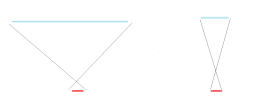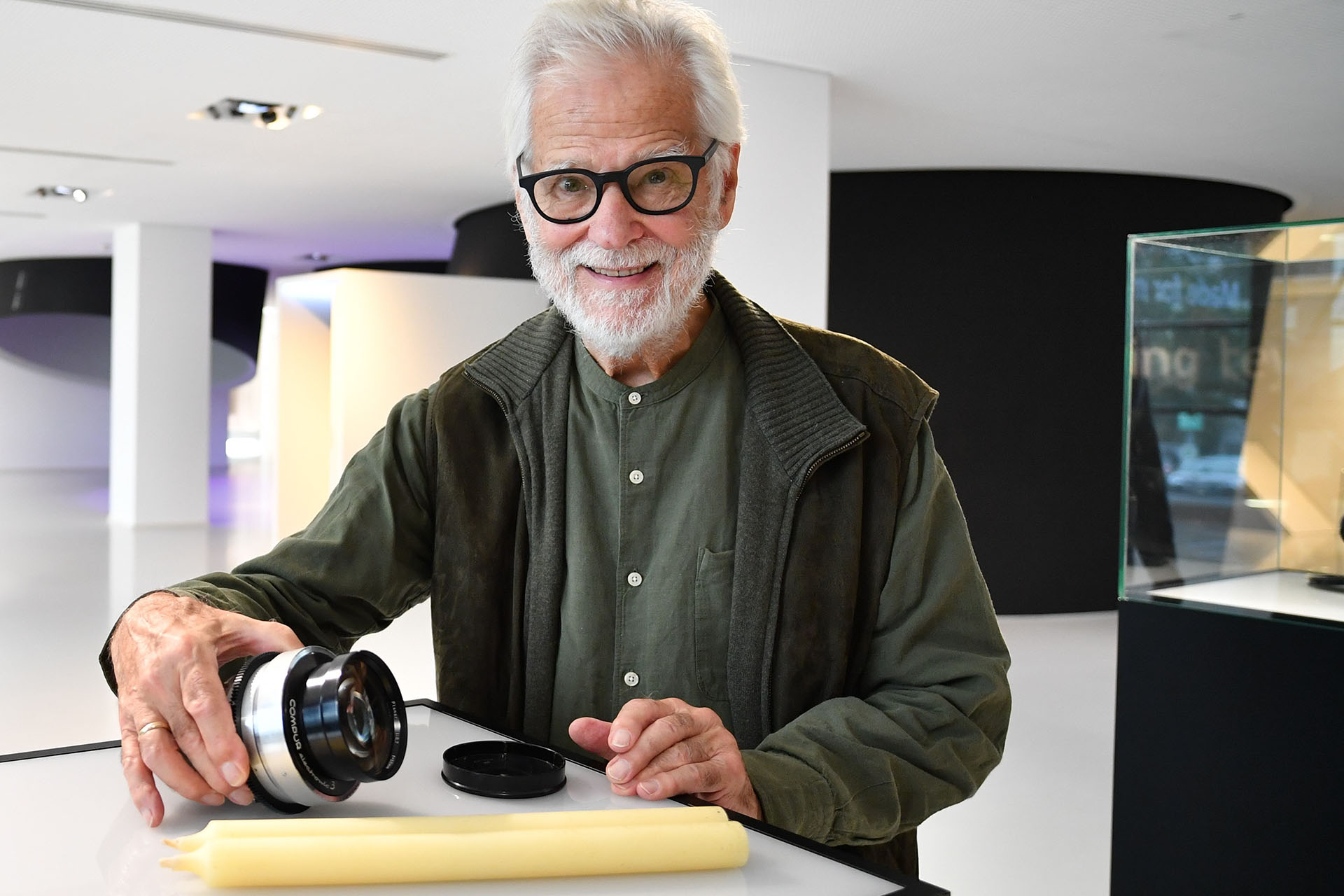nutsey
Well-Known Member
Several NextBase dash cams use f1.3 lenses. The next question is does anybody know any f1.2 models?Are there any major brand dascams with lens brighter than F1.4?
Several NextBase dash cams use f1.3 lenses. The next question is does anybody know any f1.2 models?Are there any major brand dascams with lens brighter than F1.4?

I don't want to buy anything. Just doing some research trying to find out the reason why there are no f1.2 dashcams on the mass market yet.I'm curious to know why you want to buy a camera like this? Why not modify a camera with a lens of your choosing?
Essentially, it is because an f1.2 lens would require a smaller sensor than most dashcams use, and that would mean poor dynamic range. You can't put a f1.0 lens on a big dashcam sensor because you would have focus problems due to the short depth of field.Just doing some research trying to find out the reason why there are no f1.2 dashcams on the mass market yet.
The f1.4 aperture figure takes FoV, sensor size, and everything else into account, so no, any f1.4 lens will put the same intensity of light onto the sensor. The amount of light captured by each pixel does depend on pixel size, but every mm² will get the same amount of light from any f1.4.1 - Isn't better lens luminosity directly related to a wider field of view ??
It is quite difficult to make very wide aperture lenses, they often have poor focus near the edges, good ones tend to be expensive, but it is not impossible to make a high resolution one.2 - Then there are worse resolution details
I don't want to buy anything. Just doing some research trying to find out the reason why there are no f1.2 dashcams on the mass market yet.
Amount of light, yes, but it is much more convenient to get that amount of light to the sensor from a much larger area of a wide angle lens. That's why telephoto lenses usually have a larger aperture number. And even cheap wide angle lenses have decent apertures.The f1.4 aperture figure takes FoV, sensor size, and everything else into account, so no, any f1.4 lens will put the same intensity of light onto the sensor. The amount of light captured by each pixel does depend on pixel size, but every mm² will get the same amount of light from any f1.4.

It is quite difficult to make very wide aperture lenses, they often have poor focus near the edges, good ones tend to be expensive, but it is not impossible to make a high resolution one.
Well so what? It is interesting and relates to fast lenses and speaks to @Nigel's comment. There is no reason to be so ridged or obsessive about talking just about dash cams in what is posted here. You could learn a thing or two or perhaps just find it entertaining or enlightening.It's not dashcam related


I'm not sure what you are asking/what your point is?Amount of light, yes, but it is much more convenient to get that amount of light to the sensor from a much larger area of a wide angle lens. That's why telephoto lenses usually have a larger aperture number. And even cheap wide angle lenses have decent apertures.
Similarly, zoom lenses have a different base aperture at either end of the zoom range
View attachment 70468
I think that is incorrect; remember that the light for a single pixel on the sensor does not come from one small area of the lens front element, it comes through every part of the lens front element, so every pixel is affected by the edges of the lens and it is the edges that are the most difficult, especially on a very wide angle lens where the edges are accepting light at a very large angle, whereas on a long telephoto all light comes in almost straight.but it is much more convenient to get that amount of light to the sensor from a much larger area of a wide angle lens.
Diskuse se trochu vzdálila problematice palubních kamer.Nejsem si jistý, na co se ptáte/o co vám jde?
I think it is really only the cost that is an issue, because for the telephoto you need more glass, to collect more light, to cancel out the dimming of the image caused by the magnification. Dashmellow's "Nikon Full Frame Z Mount 58mm Nikkor S ƒ/0.95 NOCT", is not a wide angle lens, it is almost a telephoto, and if you want a really wide aperture long telephoto you can use a telescope/mirror lens. The GMT (Giant Magellan Telescope - largest telescope on Earth) is f/0.71 and seriously expensive!Diskuse se trochu vzdálila problematice palubních kamer.
Chtěl jsem tím říci, že určité světelnosti objektivu (velikost clony) je snazší dosáhnout u širokoúhlých objektivů s krátkou ohniskovou vzdáleností než u objektivů s delší ohniskovou vzdáleností, natož teleobjektivů.
Well, it's "just" about the price ... but the price is always the most important !!I think it is really only the cost that is an issue, because for the telephoto you need more glass, to collect more light, to cancel out the dimming of the image caused by the magnification. Dashmellow's "Nikon Full Frame Z Mount 58mm Nikkor S ƒ/0.95 NOCT", is not a wide angle lens, it is almost a telephoto, and if you want a really wide aperture long telephoto you can use a telescope/mirror lens. The GMT (Giant Magellan Telescope - largest telescope on Earth) is f/0.71 and seriously expensive!
Well, it's "just" about the price ... but the price is always the most important !!
Yes, that's what I meant and wrote. Simpler is cheaper ... even for the manufacturer. Let's not talk outside our price range - that's not the point of discussion ($10,000 USD)



What is an M class lens?
